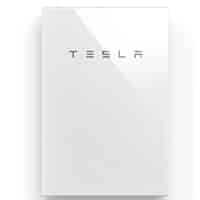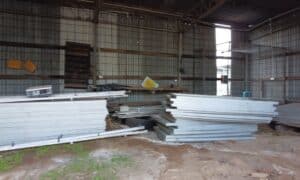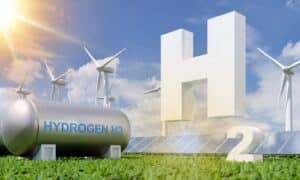Move over, Powerpack – the Tesla Megapack is shaking up the renewables sector with each unit offering 3 MWh of storage.
Tesla says the Megapack comes straight from the factory fully assembled, along with its own sophisticated software and machine learning platform.
The California based company claims Megapack arrays can provide a zero-emissions, 250 MW/1 GWh power plant in less than three months. According to Tesla, that’s four times faster than building a traditional coal-fired power plant.
Megapack ushers in new era of grid-scale energy storage
The Megapack can also be DC-connected to solar panels, creating a powerful and efficient renewable energy plant.

Tesla will use more than 400 Megapacks at its first grid-scale plant in Moss Landing, California. It says the battery will be a sustainable alternative to expensive, polluting gas peaker plants.
The Megapack array will store excess wind and solar energy to support the national grid at times of peak demand.
Tesla Megapack outgrows Powerpack storage capacity
The 1.2 GWh Californian project will be several times bigger than Tesla’s current largest installation.
Megapack is the third and largest energy storage system offered by Tesla. Next in line is Powerpack for commercial applications, then the Powerwall 2 for households and businesses.
In 2017, Tesla installed the world’s largest lithium-ion storage battery at the Hornsdale Power Reserve in South Australia.
Powered by Tesla Powerpacks, the facility helped the state save a staggering $40 million in its first year. It also helped stabilise the grid following a hot summer of crippling blackouts.
The Tesla Powerwall 2, as well as Enphase batteries, are popular choices for households wanting to store solar panel power for later use.

Megapack: Ground-breaking features and software
The Tesla Megapack is a new entry in grid-scale energy storage.
- Each Megapack comes fully assembled straight from the factory.
- The container-sized unit has several cabinets filled with battery modules.
- It deploys more quickly and easily than the Powerpack.
Tesla can also monitor and control Megapack facilities. It does this through a new software platform for utility-scale batteries called Powerhub. This integrates with Autobidder, Tesla’s machine-learning platform for automated energy trading.












































